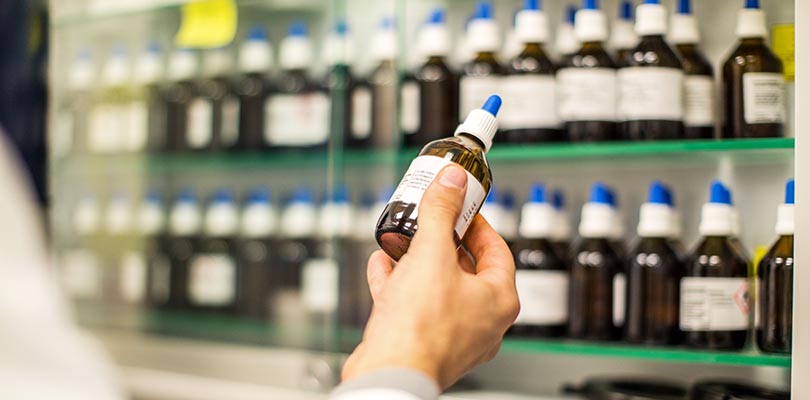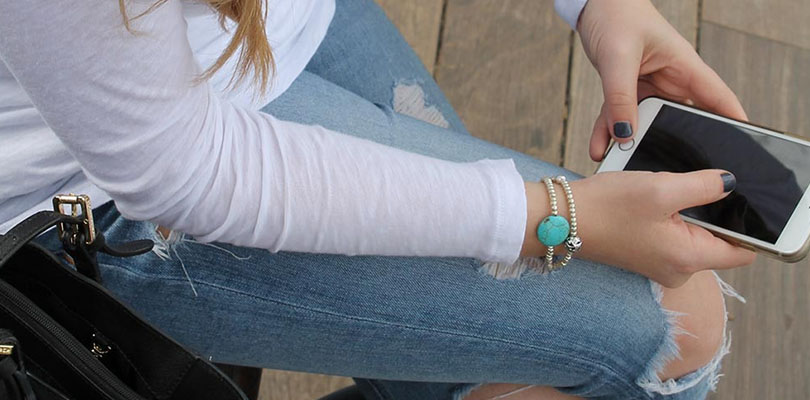What You Need to Know About Gentian Violet
Gentian violet was a popular treatment for a wide array of skin diseases back in the 19th century. Today, this antiseptic dye is re-emerging as an affordable and easy-to-use treatment option for thrush, fungal infections, parasites, and bacterial skin infections.
What Is Gentian Violet?
Also called crystal violet, gentian violet is an antiseptic dye extracted from coal tar that is typically used as a treatment for skin infections. Gentian violet was first manufactured in the 19th century as a topical treatment for many dermatological diseases.
Due to limited scientific evidence to back its efficiency or long-term safety, many doctors opted for new antibiotics and other systemic drugs. However, today its use is resurfacing as more studies continue to unravel its new benefits.
Gentian violet can fight fungal, parasitic, bacterial, and viral infections. It's also believed to have some cancer-fighting properties.
What Is Gentian Violet Used For?
Combating Fungal Infections Like Thrush
Candida can trigger a white mouth rash known as thrush in individuals with weakened immune systems, including newborns, the elderly, persons with chronic diseases, and those using antibiotics.
Gentian violet has served as a treatment option for thrush in babies for more than 90 years. Doctors today favor the use of fluconazole and nystatin, based on a recent study of 312 doctors. They prescribe gentian only when these two medications are unsuccessful.
However, in underdeveloped parts of the world where fluconazole and nystatin are not readily available, doctors may use gentian to treat thrush in individuals with HIV.
Reducing Hospital-Acquired Infections
Gentian violet can serve as effective sterilizers of medical equipment and tools to minimize hospital-acquired infections. For instance, covering medical equipment like tubes and catheters with a blend of gentian violet and gendine (an antiseptic) helps to prevent the spread of diseases through medical devices.
Sterilization of Infected Blood
Chagas' disease is a possibly fatal tropical ailment caused by a parasite that can be spread through blood transfusions. Gentian violet is used to purify infected blood due to its ability to kill this parasite.
Blood sterilizations using this antiseptic dye are frequently performed in labs and have protected thousands of people across the globe from getting Chagas' disease.
Treating Oral Hairy Leukoplakia
Oral hairy leukoplakia is a common condition among people with suppressed immune systems, especially HIV-positive individuals. It is characterized by the presence of white plaques on the sides of the tongue. It is linked to Epstein-Barr virus (EBV), which results in glandular fever.
Gentian violet is believed to work by obstructing reactive oxygen species that forms because of the EBV infection.
The process can be grueling, but the succes makes it worthwhile and good habits create good lives. Here are eight tips for creating good habits.
Other Scientific Uses
Gentian violet has a strong staining capacity. It can be used:
- In labs, as a stain to study cells and tissues
- To mark certain tissues during surgical procedures
- To group bacteria into Gram-positive and Gram-negative based on their staining ability
- As a dye for silk, inks, wood, food, and cosmetics
Why Is Gentian Violet Banned?
Health Canada banned the use of health products and veterinary medications consisting of gentian violet in early June 2019.
After a comprehensive safety analysis, Health Canada established that continuous exposure to these products might elevate a user's risk of cancer. It noted that there's no safe quantity of these products, and so any exposure is a possible risk. It confirmed cancellation of licenses for non-prescription and veterinary medicines with gentian violet as well as recalling of all veterinary medicinal products with gentian violet on the market.
Aside from Canada, authorities in Australia and England have severely reduced the use of gentian violet.
What are the Health Risks of Gentian Violet?
- If used at greater concentrations, gentian violet can inflame mucous membranes such as the genital tract, gastrointestinal tract, and the tissues covering the eye. If taken orally, this antiseptic dye can result in nausea, vomiting, abdominal discomfort, and diarrhea.
- There are a few reports linking gentian violet with oral ulcers, even when utilized at low concentrations as a topical treatment.
- It can trigger necrotic skin reactions such as blackened skin because of dead tissue, especially when applied at high concentrations on the skin folds (e.g., below the breast, around the toe webs, and genitals).
- There is a link between the reduction in the number of white blood cells and intravenous administration of gentian violet.
- Laboratory studies have established a link between the use of gentian violet and the development of cancer in mice. But there are no cases of cancer associated with applying this antiseptic dye on the skin.
- Frequent application of 2% solution of gentian violet in the mouth and tongue of babies with thrush can cause swollen tongue, lack of appetite, croaky cough, irritability, and mouth injury.
What Is the Best Way to Use Gentian Violet?
Use this medication as instructed by your doctor. Go through all the instructions provided to you and follow them closely.
- To get the most out of this medication, take all the doses.
- Follow the doctor's prescription, even if your symptoms improve.
- Don't ingest it – only apply it on your skin. Gentian violet shouldn't get in contact with your mouth, eyes, and nose.
- Don't apply on broken skin or wounds.
- Clean your hands thoroughly before and after use, except when the infection you are treating is on the hands.
- Sanitize the affected area and allow it to dry well before applying this product.
- Apply a thin layer of the gentian violet on the affected area.
- If applying with a cotton swab, do it as per your doctor's orders or as the label instructs you.
Conclusion
Talk to your doctor before you start using gentian violet.
If you're thinking about getting pregnant or you are already pregnant, ask your doctor about the benefits and dangers of using this medicine. You should also find out the risks this medicine poses to your baby if you are planning to use it while breastfeeding.







